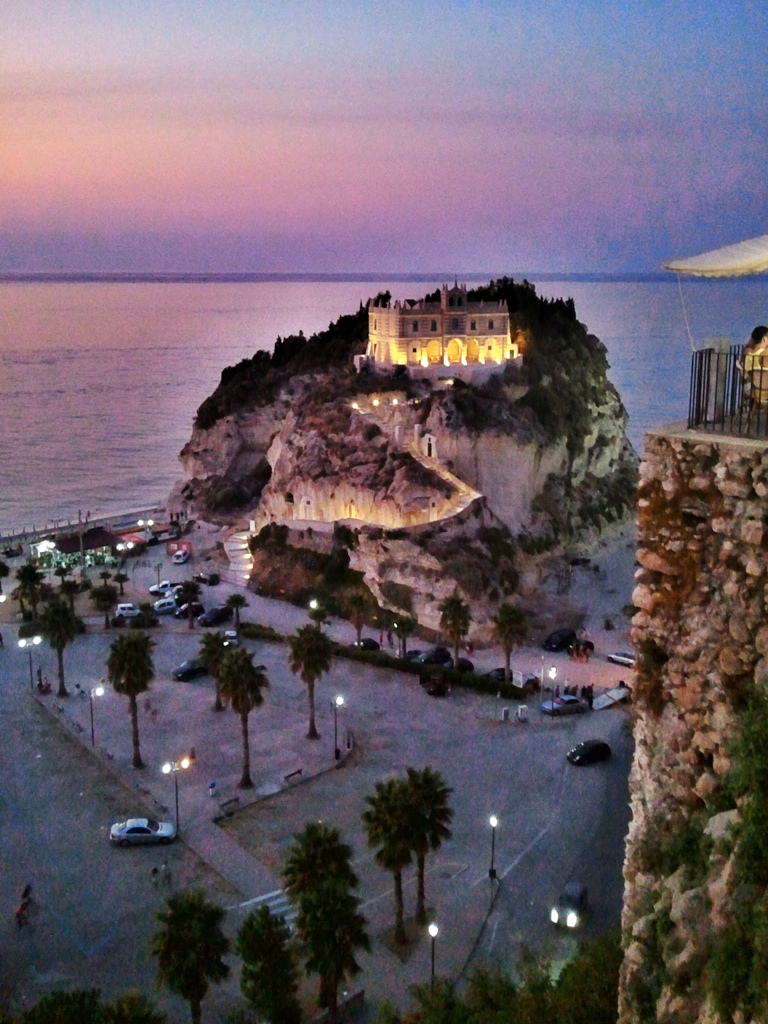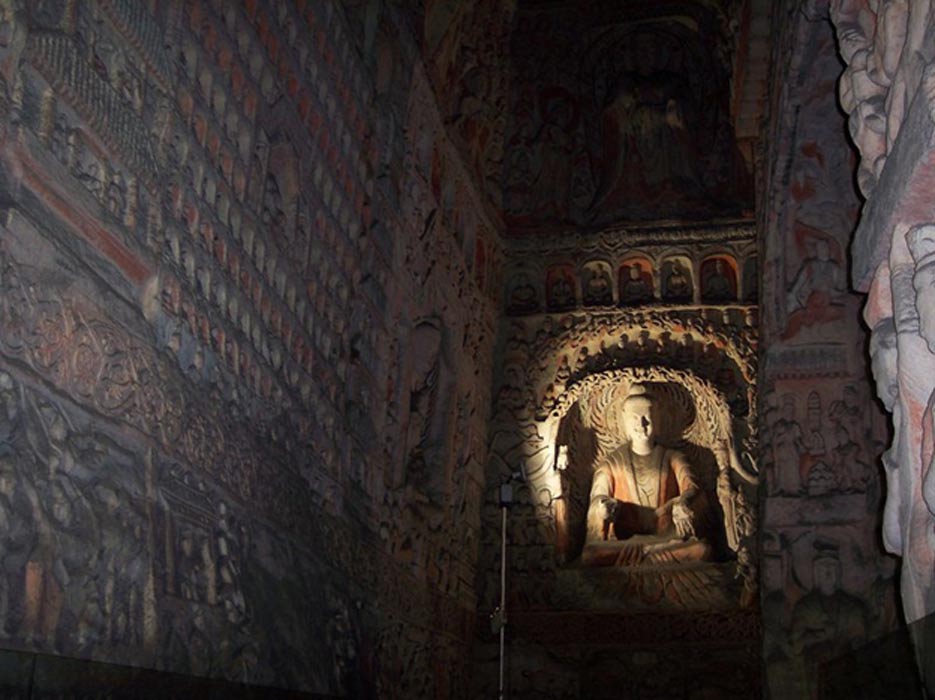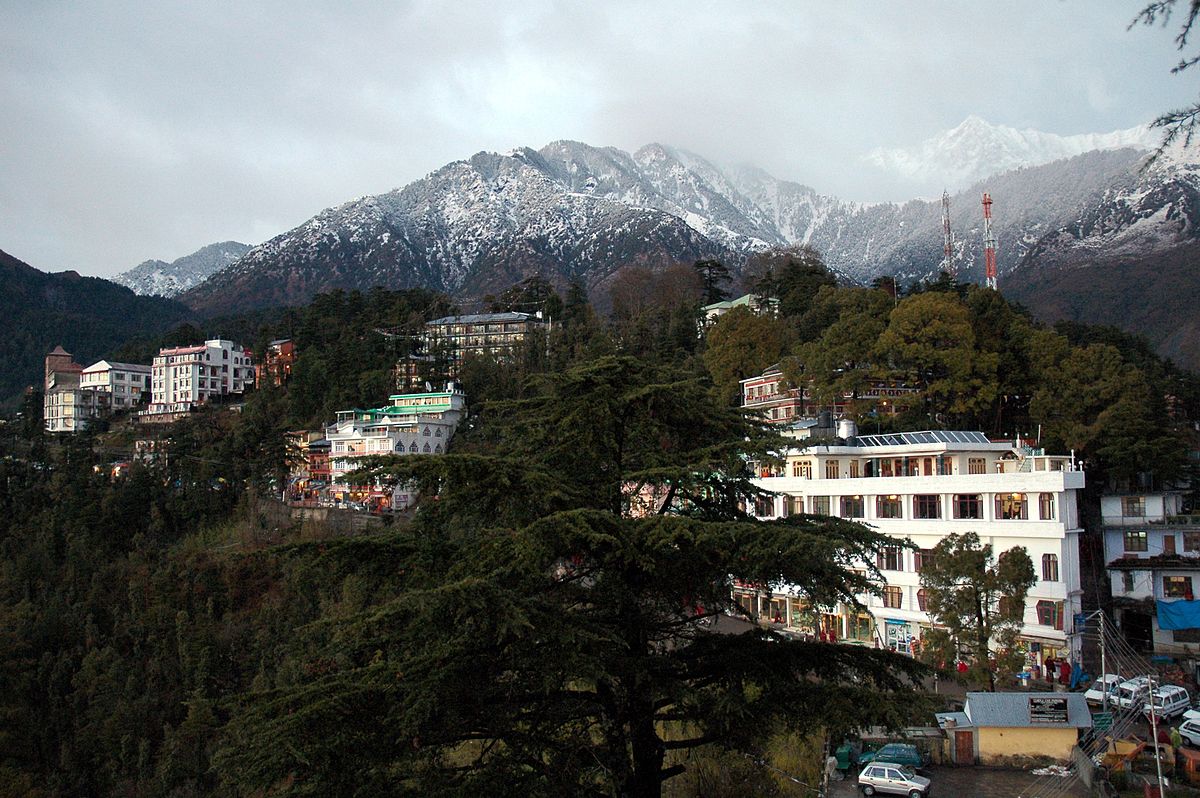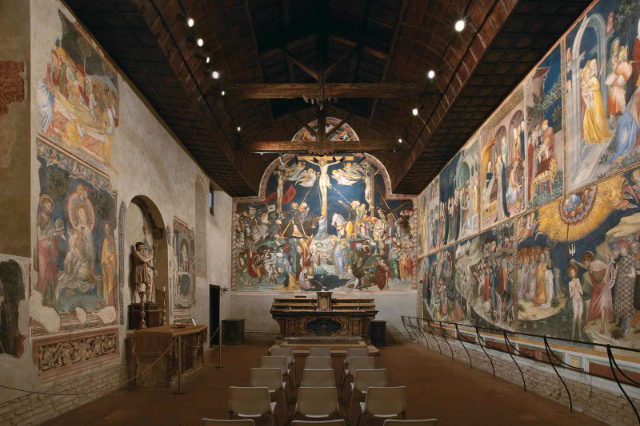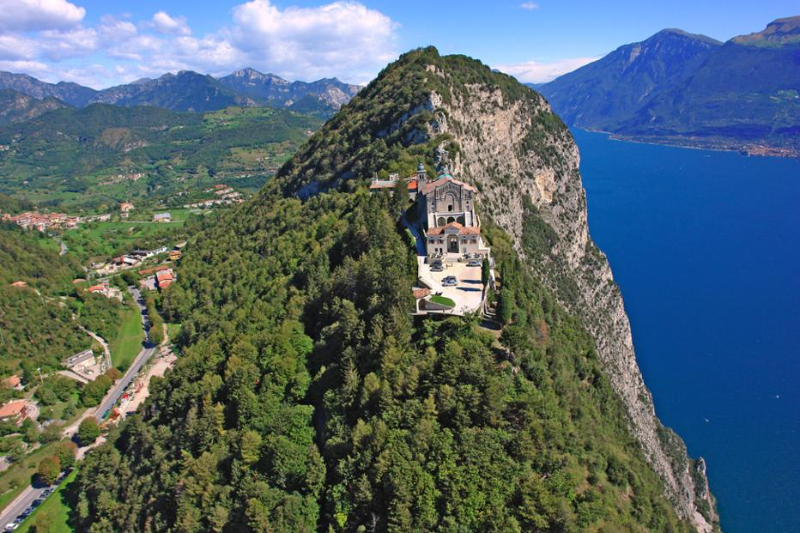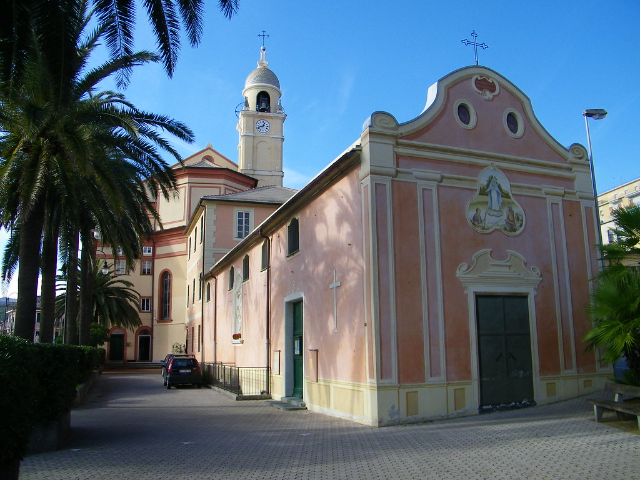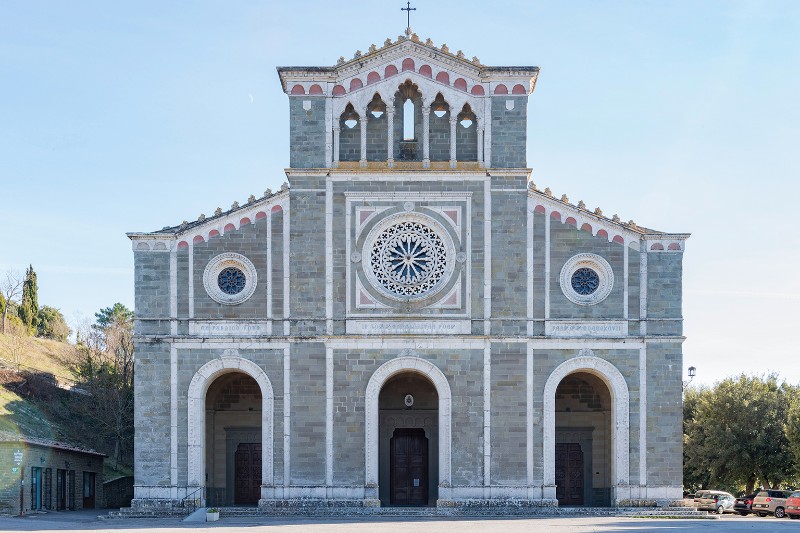According to the local chronicler Francis Sergius there was a Basilian community named Menna.
Monasticism, as reported by Don Francesco Pugliese in his book Uno Scoglio e una Chiesa (A Rock and a Church), was already attested in the surroundings of Tropea: perhaps this large rock, once even larger and surrounded by the sea, will have attracted contemplative spirits in search of solitude. The church S. Maria de Tropea, cum omnibus pertinentiis suis appeared "in the list of the dependencies of the Cassinese Abbey" drawn up on the panels of the bronze door (cast in Constantinople, among other places) by commission of the abbot of Montecassino Desiderio (later Pope Victor III).
With respect to the various papal documents examined, Pugliese therefore notes that if the church appeared in the panels as early as the 11th century, then it must have been of significant importance, controlled substantial property and, therefore, existed long before that. However, the architectural remodeling, which the building had already undergone in the humanistic age, hints at early medieval Byzantine features, which would confirm the origins due to the small Basilian monastic community. This presence, associated with the Greek rite, slowly but surely began to fade away after other local properties began to come under the ownership of the Cassinese Benedictines (such as a small church near the present Calvary donated by a certain Bernardo, or a property called Tonnara e Bordila from nearby Parghelia). This passage was favored, according to Pugliese, by the "Norman dukes Sichelgaita and her son Ruggiero Borsa," just as the diocese of Amantea was being suppressed to be incorporated into that of Tropea. The "cell" present on the rock at the time of the Basilian monks of the Greek rite was the site of the cult of a Madonna that passed to the Cassinese monks. The legend associated with this wooden madonna is similar to that of other shrines in southern Italy (see Myths and Legends section). The steps leading up to the church were built by digging steps into the rock, and completed in the 19th century. Before the present arrangement, the staircase, still incomplete, was reached by means of a ramp coinciding with the aedicule dedicated to the place where the wooden statue of the Madonna was first placed. A small rock church dedicated to St. Leonard had been excavated near this ramp, which, along with other small caves dug by local sailors, became warehouses where they kept fishing gear. Inside the church, medieval tombs were surveyed by Pugliese: one in the center of the church attributed to the master of Mileto; one whose tombstone remains to us, with a figure of Ecce homo and two female figures carved in relief on it; of the third, Byzantine, only fragments remain to us.
The various rehashes undergone by the church over the centuries radically transformed it, and it is almost hard to catch a glimpse of its two souls inside: "an atypical early medieval construction of Byzantine extraction with a central plan and a trinavate western basilicatta, with polasters and a barrel vault, an expression not of masters of architecture, but a tasty creation of simple local workers" (F. Pugliese).
The latest remodeling is recent and due to the 1783 earthquake, the construction of the staircase before 1810 and the 1905 earthquake. Even of the ancient wooden statue of the Madonna today only a memory remains: in fact, we do not know the medieval representation of "S. Maria ad Praesepe." The eighteenth-century statue of Our Lady then, part of the group of the holy family kept in the church, was also remodeled in the 1950s.
